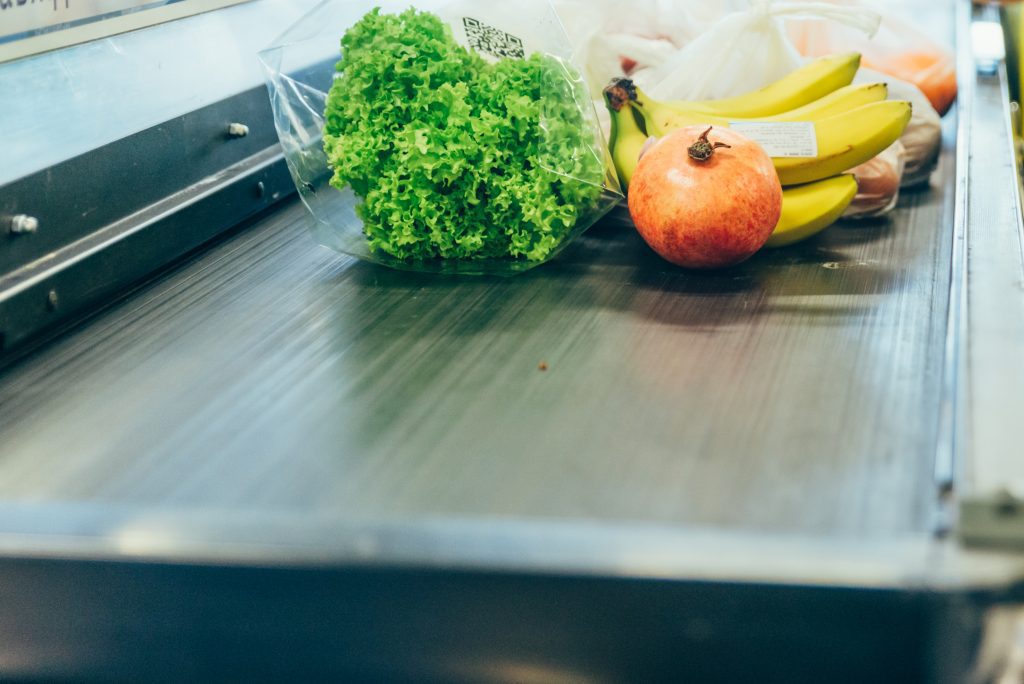We’ve been writing recently about the developments in unattended commerce, which came into the public eye with Amazon’s Just Walk Out technology recently installed in two Whole Foods stores. Nobody is watching this new technology more closely than grocery merchants, since managing checkout wait times during busy periods has been an ongoing challenge for the industry. Beginning with the “10 items or less” express lines and continuing with self-scanning checkouts, grocers are continually looking for way to minimize wait time at checkout.
Much like anything else, the flow of shoppers in a supermarket is not constant, but ebbs and flows during the day. Kroger pioneered the use of infrared technology adapted from military use that used heat sensors at the front doors to measure how many shoppers were entering the store throughout the day. Kroger’s data showed that shoppers spent an average of 20 minutes in the store, so if the door sensors reported an influx of shoppers, the manager knew they had about 20 minutes to open more registers to accommodate the rush. As innovative as that technology was, it still required having staff available in the store to open register lanes as needed.
Investment in self-scanning checkout lanes made more sense long term because they are always available and cost nothing if idle. Ahold’s Stop-n-Shop chain has also piloted the use of in-aisle self-scanning. Frequent shopper members could scan their card to undock a scanner at the store entrance, scan items as they add them to their cart, then simply dock the scanner and pay on exit. Highly efficient, but also prone to losses as shoppers who are used to a centralized checkout process simply forget to scan items as they add them to their carts.
Amazon’s Just Walk Out would seem to check all the boxes for both convenience, efficiency, and loss prevention, but in its current format requires a sophisticated array of sensors, scales, and cameras to work effectively. The capital investment needed to outfit a large-format retailer like a supermarket, combined with the thin margins typical in grocery, doesn’t deliver the ROI to justify broad deployment. Payments is always at the forefront of any discussion on how to speed the checkout process, with much fanfare around Amazon’s palm-scanning payment technology. Early fintech disruptor Pay By Touch pioneered biometric point-of-sale payments with innovative thumbprint scanners, but consumer adoption never reached critical mass and the company dissolved in 2008.
In our view, the gating issue for merchants is no longer the actual payment; the pandemic has accelerated adoption and use of fast and convenient contactless payments in-store via NFC and digital wallets. The complexity in the checkout process is driven by basket size, making sure that every item has been rung up accurately. The grocery environment further complicates with non-barcoded items like produce. In a convenience environment like an AmazonGo store, where most shoppers are purchasing one or two items in small footprint store, the Just Walk Out technology is seamlessly elegant; the challenge now is how to adapt that to bigger and more complex shopping environments.
Overview by Don Apgar, Director, Merchant Services Advisory Practice at Mercator Advisory Group
